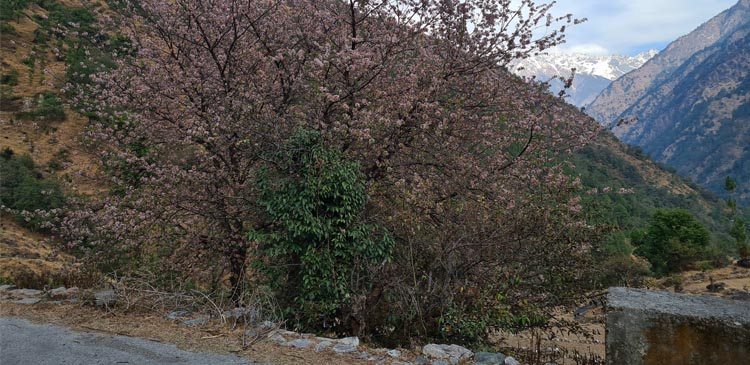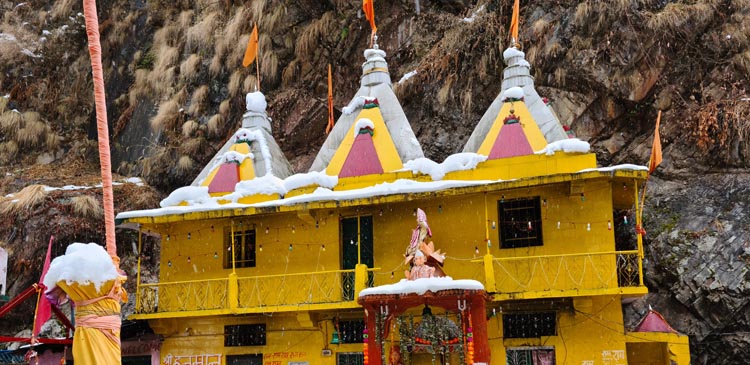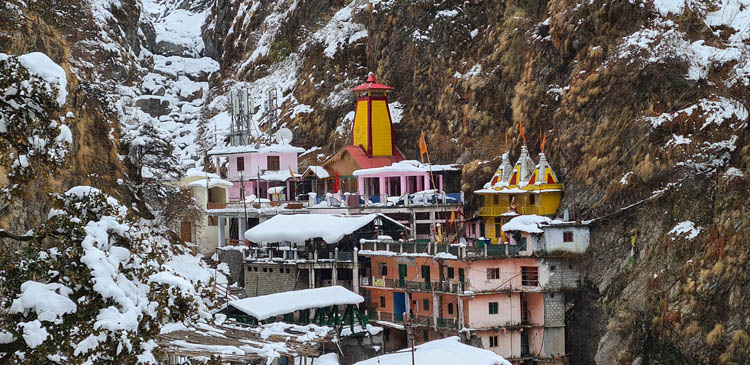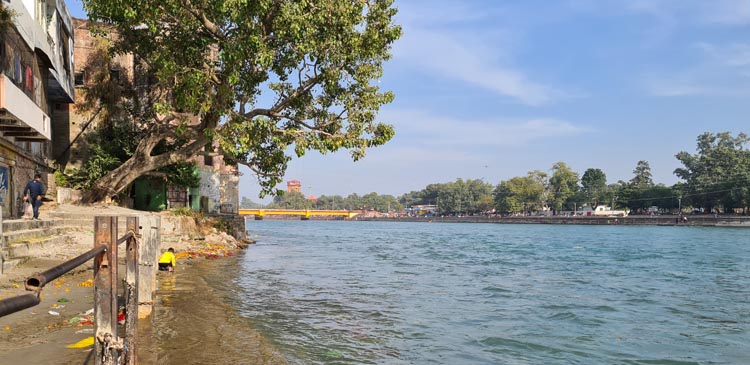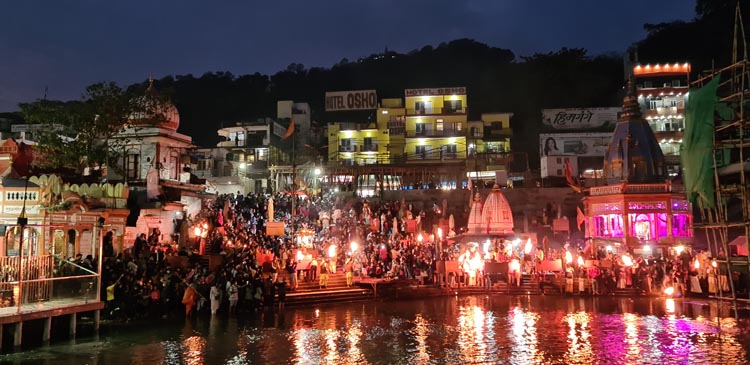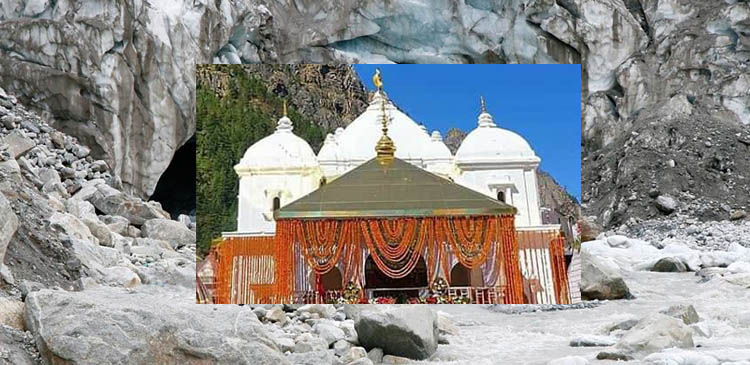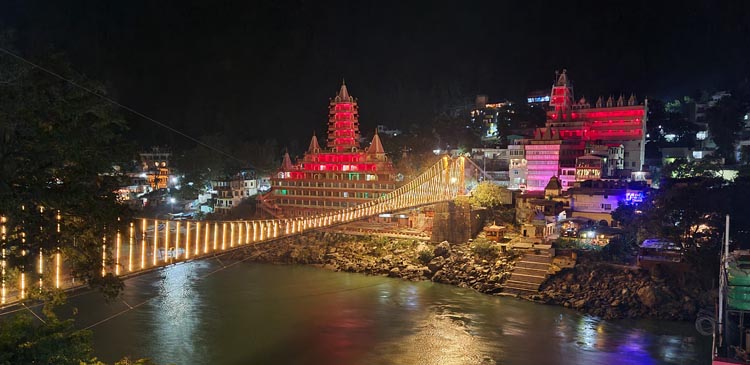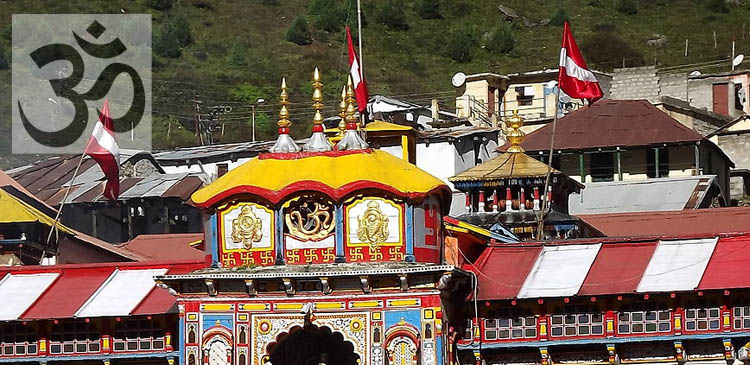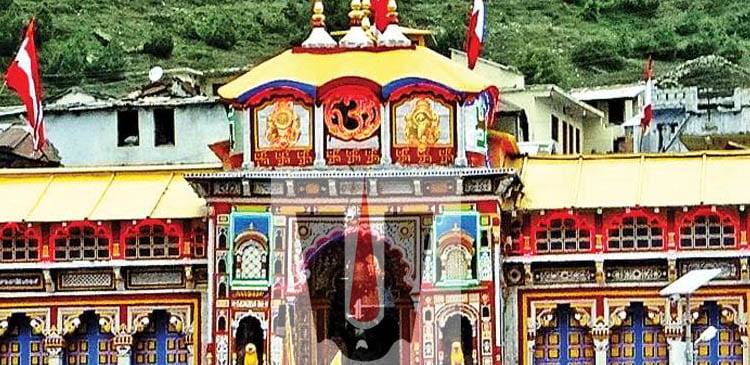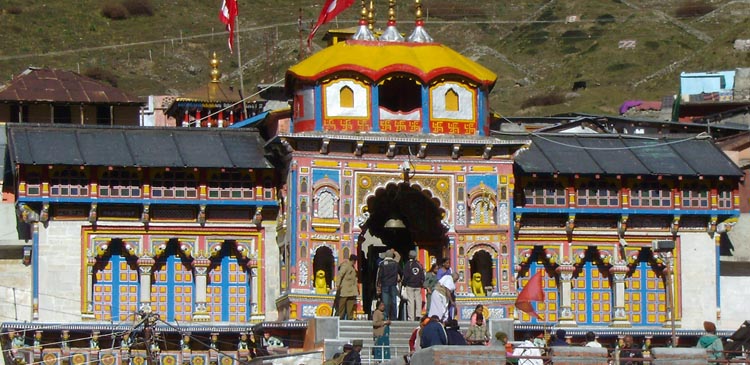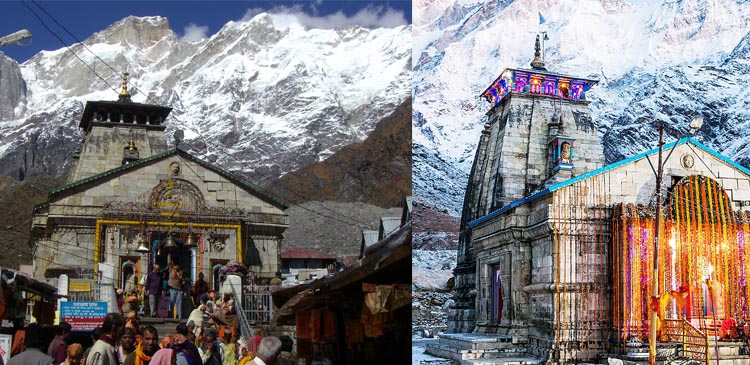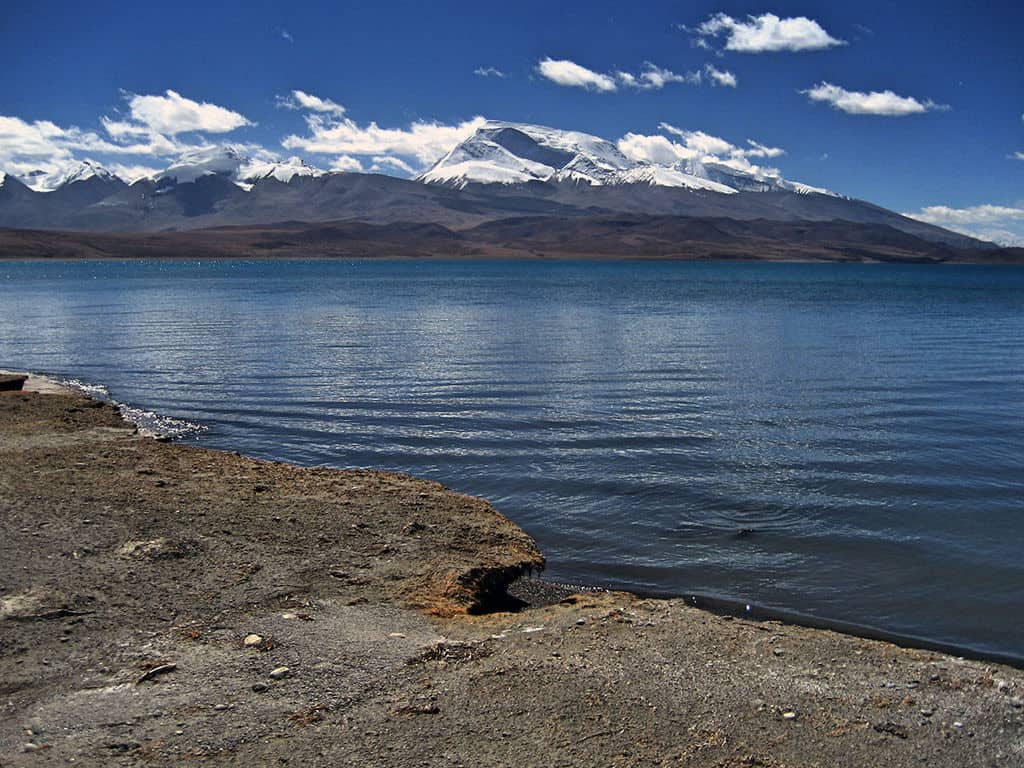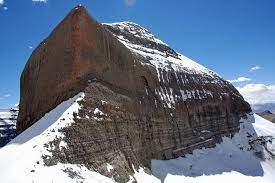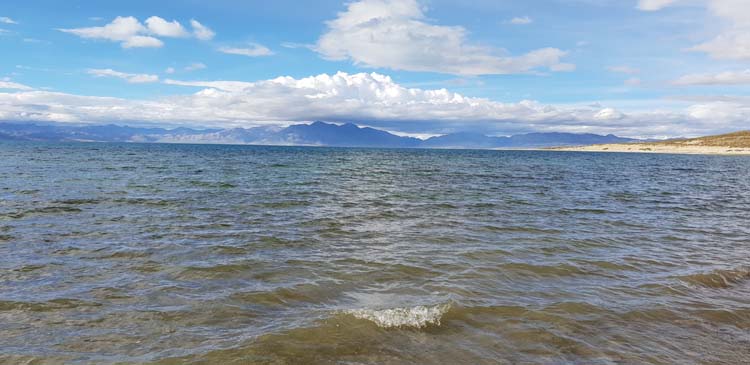Joshimath, also known as ‘Jyotirmath,’ is a city in Chamoli district, Uttarakhand. Situated at an altitude of 1875 meters, it opens to several sports like Himalayan mountain climbing expedition, trekking, and pilgrimage centers like Badrinath Dham, one of the pilgrimage sites of the Chardham Yatra including Kedarnath, Gangotri, and Yamunotri.
Joshimath, besides being a pilgrim spot, is also a tourist spot. There are multiple activities that you can engage in once in Joshimath. Apart from possessing religious temples, there are a few parks and adventure sports that Joshimath offers.
Joshimath demographics
According to the 2011 census, Joshimath has a total population of 48,202. 58% of this population is male, and 42% is female. The literacy ratio of the city is 87%, with 37,159 people being literates. Among the literates, 63% of the literate population is male, and 37% is female. Out of the employed population, 26,035 residents of Joshimath are employed, out of which 17,850 are male, and 8,185 are female.
The religious aspect of Joshimath
Joshimath or Jyotirmath is one of the four cardinal institutions established by Adi Shankara, the other three being at Dwarka, Puri, and Shringeri. It is home to Shankaracharya Math. The four institutes are located in all the four regions of India- north, south, west, and east. The four disciples of Shankara, Padma-Pada, Hasta-Malaka, Totakacharya, and Suresvaracharya were assigned to look after these four centers.
Joshimath is like a station for pilgrims going to the Char Dham. The Chardham camps are situated at a height of 1875 ft. A pilgrimage to the shrines of the four holy sites (Kedarnath, Badrinath, Gangotri, and Yamunotri) includes many holy places on their way to the journey. Joshimath is one such place. People going for Char Dham Yatra Uttarakhand, visit Joshimath, and have a night’s halt. You can visit temples and indulge in other resources that the place has to offer. This gateway to the Char Dham makes Joshimath a place of religious significance.
Tourist attractions
- Ropeway or Cable Car- the ropeway in Joshimath is one of the longest ropeways in Asia. This ropeway connects to Auli. The charges for ropeway can go up to Rs.500 per person. This ropeway attracts many tourists and visitors. The breathtaking experience of watching the blooming meadows and dazzling mountains from that height is surreal.
- Narsingh temple is dedicated to Lord Narsingh, who people believe is the incarnation of Lord Vishnu. This temple is also known to be the abode of Lord Badrinath. It is believed that Shankaracharya himself installed the idol in the temple. Narsingh temple stands as an embodiment of religiosity and spirituality.
- Vishnuprayag- Vishnuprayag lies in the Chamoli district, Uttarakhand. It lies at the confluence of two rivers, Alaknanda and Dhauliganga. ‘Prayag’ means confluence, and Vishnuprayag is situated at the confluence of these two rivers. It is one of the Panch Prayag and is respected for the temple and the numerous ashrams. Vishnuprayag is famous for river rafting and for the temple that attracts many devotees to visit and perform religious rites and rituals.
- Trekking- many interesting treks have their base point at Joshimath. Trekking trails to the Valley of Flowers, Kauri Pass, Bagini Glacier, Hemkunth Sahib start from Joshimath. The trekking in Joshimath can be an exuberating experience for all adventure lovers and adventure seekers.
- Valley of Flowers- the scent and aroma of the flowers, the freshness of the atmosphere, and the place’s ethereal beauty make the visit worth it. Bestowed with the wondrous and captivating flora of the Himalayas, the Valley of Flowers is eternally beautiful. This place has been listed among the UNESCO World Heritage Site.
Accommodations at Joshimath
There are many hotels available in Joshimath, a few of them are The Himalayan Abode, Devi Darshan Lodge, Hotel Nature Inn, The Tattva Resort, Nanda Inn Wild Cottage, Hotel XRA, Hotel Malari Inn.
Best Tour Package around Joshimath
Joshimath is known to be the winter seat of Lord Badrinath because the idol of Lord Badri was shifted from Badrinath temple to Joshimath. When the Char Dham Yatra Uttarakhand is closed in winters, Joshimath is a gateway to several pilgrim expeditions like Badrinath. The Chardham Yatra Tour Package includes a must-visit to Joshimath because of its religious element.
Apart from Char Dham, you can opt for the below packages.
Kauri Pass Trek.
Valley of Flowers Trek.
Satopanth Lake Trek.
Panch Kedar Yatra.
Joshimath has made its place among the top cities in Uttarakhand for both religious and adventurous reasons. Its spiritual aspect overshadows all other elements in the sense that the place contains remarkable temples and ashrams that give the place a religious aura. Being a route to the Chardham Yatra embodies a special spirituality and religiosity that enchants many devotees and pilgrims.
